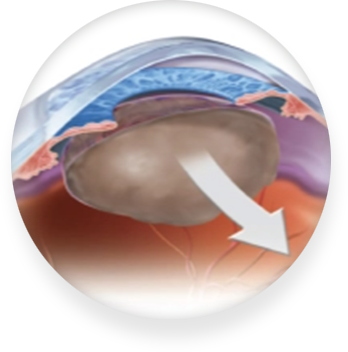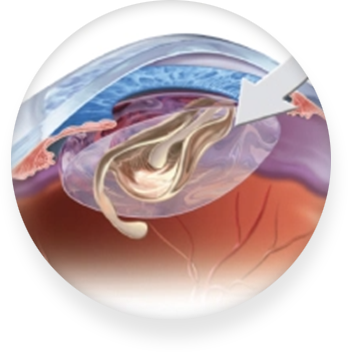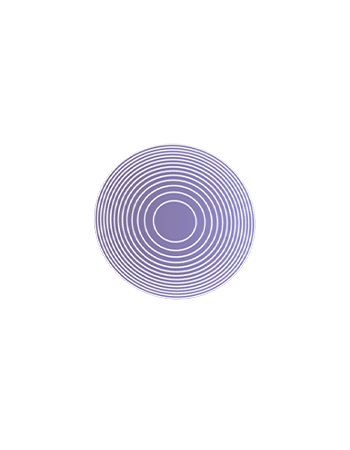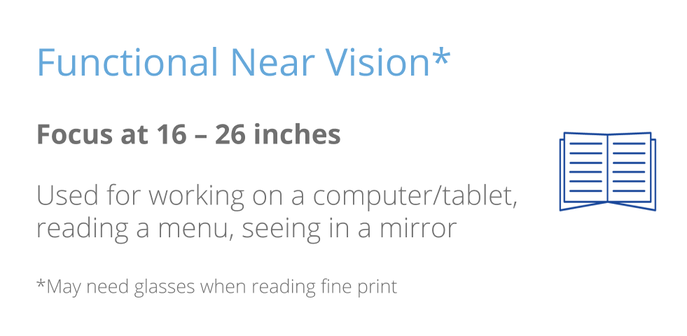Choose what is best for you


Cataract surgery
at a glance

Cataract removal
The surgeon removes the clouded lens through a tiny incision.

Lens insertion
The surgeon replaces the natural lens with a new, artificial lens.

Vision renewed
With a new lens, life without cataracts is yours to explore.
What is an IOL?
An intraocular lens implant is a synthetic, artificial lens placed inside the eye that replaces the focusing power of a natural lens that is surgically removed, usually as part of cataract surgery.
Types of IOLs

Presbyopia-correcting IOL
- Delivers exceptional combination of near, intermediate and distance vision
- Spectacle independence at all distances

Multi-focal IOL
- Delivers excellent distance and intermediate and functional near vision
- Dependency on spectacle for near vision
- No halos and glares at night

Toric IOl
- Reduces astigmatism
- Improves quality of vision
- Enhanced rotational stability
Know your options. Fuel your future.
Refer to the interactive image below & find out which lens fits your daily needs.1
DayTime
NightTime
-
CATARACTS
MONOFOCAL IOL
Acrysof Vivity
Acrysof PanOptix






-
CATARACTS
MONOFOCAL IOL
Acrysof Vivity
Acrysof PanOptix





Your vision,
your choice.
| Clareon vivity & vivity Toric IOL  | Clareon panoptix & panoptix Toric IOL  |
|
|---|---|---|
 |  | |
 |  | |
 |  | |
 |  |
| Clareon Monofocal IOL | Clareon Toric IOL | Clareon vivity & vivity Toric IOL  | Clareon panoptix & panoptix Toric IOL  |
|
|---|---|---|---|---|
 |  |  |  | |
 |  |  |  | |
 |  |  |  | |
 |  |  |  |

Patients usually require glasses to
see clearly at this distance

Patients usually do not require
glasses to see clearly at this distance

Most patients experience minimal
or no glare halos around lights

Some patients may experience
glare or halos around lights
Cataract surgery
What to expect
-
Get Ready
Before removaL -
Your vision symptoms will be assessed during an eye exam to diagnose cataracts and your doctor will conduct tests to evaluate your IOL options.2
-
Get Set
Day of removal -
The procedure requires a topical anesthetic and a tiny incision. You will most likely recover at home the same day.2
-
See brilliantly
Life After Cataract removal -
After your procedure, you will discover renewed clarity of vision. Life without cataracts is yours to explore.2
Your vision symptoms will be assessed during an eye exam to diagnose cataracts and your doctor will conduct tests to evaluate your IOL options.2
The procedure requires a topical anesthetic and a tiny incision. You will most likely recover at home the same day.2
After your procedure, you will discover renewed clarity of vision. Life without cataracts is yours to explore.2
1-2 days
after removal
You’ll have a follow-up appointment one or two days after the procedure, and you may find you have good vision within a few days of cataract removal. You may notice some glare with bright lights or halos around lights at night. These will become less noticeable over time.2
1-3 weeks
after removal
Once your vision has stabilized, you may be able to more easily enjoy activities like picking up your cup of coffee, driving at night or browsing the internet on your computer without having to reach for your glasses all the time, depending on the lens implanted.2
1 year
after removal
Your vision shouldn’t change at this point, but you should attend regular eye doctor appointments as advised by the treating team. Make an appointment if you notice any chances in your vision.2
References
- Cataracts. Mayo Clinic website. https://www.mayoclinic.org/diseases-conditionals/cataracts/symptomscauses/syc-20353790. Updated June 23, 2018. Accessed February 09, 2023
- 1.3.1.1 Patient General Education
- Kohnen,T. First implantation of a diffractive quadrifocal (trifocal) intraocular lens. J Cataract Refract Surg. 2015;41(10):2230–2332. doi:10.1016/j.jcrs.2015.11.012. | Canadian Association of Optometrists. The eye exam. https://opto.ca/health-library/ the-eye-exam. Accessed May 18, 2017. | A Comparative Evaluation of a New Generation of Diffractive Trifocal and Extended Depth of Focus Intraocular Lenses Beatrice Cochener, MD, PhD; Guillaume Boutillier, MD; Mathieu Lamard, PhD; Claire Auberger-Zagnoli, MD, Journal of Refractive Surgery • Vol. 34, No. 8, 2018
- Please refer to relevant product operator’s manual for complex list of indications, contradictions and warnings

